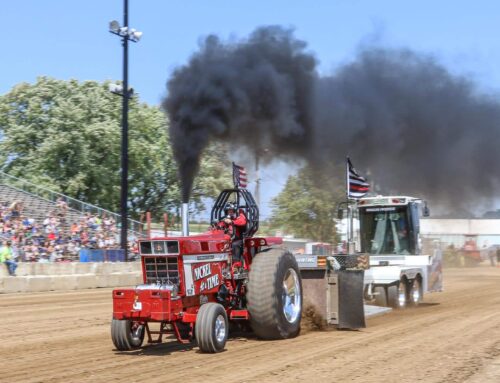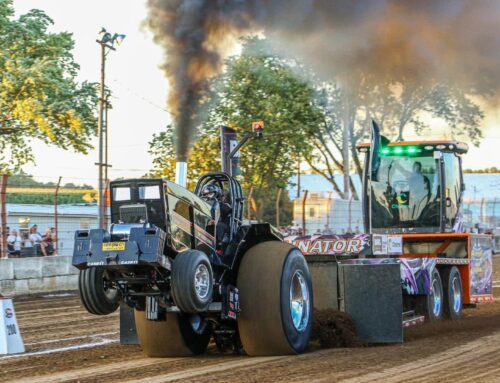“I always wanted to show an animal at the fair,” commented Brandon Boyd, Lebanon Luckies 4-H Club. “One time, my family took care of a neighbor’s chickens and learned we could raise them, too. We didn’t think we had the correct facilities, but once we saw what he had, we realized we could do it.”
“The first chickens we purchased were commercial breeds such as Barred Rocks; Rose Comb Brown Leghorns; and brown, black, and amber hybrids,” remembered Boyd. “They were all dual-purpose breeds (meat and eggs), except for the leghorns, which are best for laying eggs, as they don’t have much meat.”
Although Boyd’s first chickens were good birds, they were not best for showing. “After I started showing, I learned if I got purebred stock from breeders, I could do better at the shows. Now I have Light Brown Leghorns, Bantams, Bugg Orpingtons, and Salmon Faverolle. I also have many types of layer breeds — some from my first group of chickens, still.
Brandon’s chickens lay both brown and white eggs, depending on the breed. “Different breeds lay different-colored eggs, including brown, white, green, blue, etc. The color is added in the last step of the egg-making process inside the bird,” noted Boyd. “The size of an egg is mostly due to the age of the chicken. Typically, the older they get, the bigger the egg gets. In addition, all hens (female chickens) lay eggs, but you have to have a rooster (male chicken) with your hen in order for it to be a fertilized egg for growing a chick (young chicken).”
When Boyd’s chickens are shown at the fair, the judge is looking for a variety of features. “It depends on the breed, but the judge is looking for the most ideal bird. For example, my Leghorn roosters should have yellow feet; the tail feathers should come up and curve down a bit; the hackle and saddle feathers should be golden or orange-colored; and they should have a nice, red, single comb with five points and a blade.”
4-H and FFA youth have different reasons for enjoying the animal projects at the fair. “I like learning about all the different breeds of poultry; the competition; and the fact that I can do it all by myself, so my parents don’t have to help me — they would help, but they don’t have to.”
Boyd enjoys talking with fairgoers about his chickens, so be sure to seek him or other poultry exhibitors out to ask questions. The poultry barn is located next to the sheep barn.
The Dodge County Fair continues through Sunday, Aug. 19, 2018.
Written by Dori Lichty — farm wife, 4-H Mom, and full-time communicator





Leave A Comment